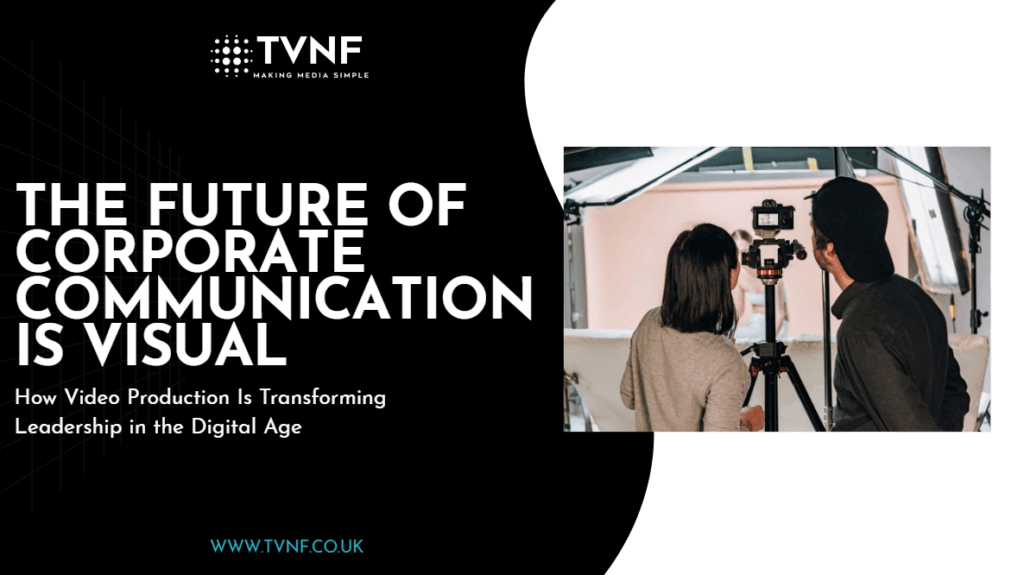The Future of Corporate Communication Is Visual: How Video Production Is Transforming Leadership in the Digital Age

The Written Memo Is Becoming the Video Update
People simply don’t have the time, or patience, to read everything.
Why the Shift to Video Communication Is Happening
The world’s most innovative companies now rely on video production to connect with employees, clients, and investors.
Here’s why the shift from written memos to video updates is accelerating:
- Visuals are more memorable.
Video builds trust.
- Short-form content fits modern work.
- Global teams need a universal language.
How CEOs and Founders Are Using Video
1. Internal Updates and Strategy Alignment
2. Investor Communication
A clear, visual quarterly update or product demo builds credibility faster than a static presentation. Investors prefer watching a confident leader explain growth over reading a PDF.
3. Onboarding and Training
Using 2D animation and 3D animation, businesses can simplify complex internal processes, making onboarding faster and more consistent. Animated videos reduce confusion and keep training engaging.
4. Live Streaming
With distributed teams, live streaming events allow leaders to connect in real time, answering questions, sharing updates, and building culture without physical limitations.
5. Brand and Culture Building
Video gives a company a face and voice. It helps employees connect emotionally with leadership and feel part of a shared mission.
The Technology Driving the Visual Revolution
- 2D Animation for storytelling, explainers, and data visualization
- 3D Animation for showcasing products, simulations, or virtual environments
- Live Streaming for real-time updates and interactive communication
- Short-form Video optimised for social media and mobile apps
The ROI of Visual Communication
Investing in corporate video communication delivers measurable business value:
Higher engagement: Employees are more likely to watch and retain a video message.
Faster decision-making: Video helps teams understand and act quickly.
Cost savings: Live streaming replaces expensive in-person meetings and travel.
Stronger alignment: Visual content ensures everyone receives the same message, reducing miscommunication.
At The Video News Factory, we’ve seen CEOs who switch from written to visual communication cut meeting times in half, improve message clarity, and strengthen company culture, especially across global teams.
Why “Visual First” Is the New Leadership Skill
The best leaders are now thinking like broadcasters.
When leaders communicate visually, they appear more transparent, approachable, and forward-thinking.
The Future Is Already Here
As companies become more distributed and attention spans shrink, video will remain the most efficient and impactful communication medium.
Leaders who adapt now will enjoy stronger engagement, better alignment, and a culture built on clarity and connection.


